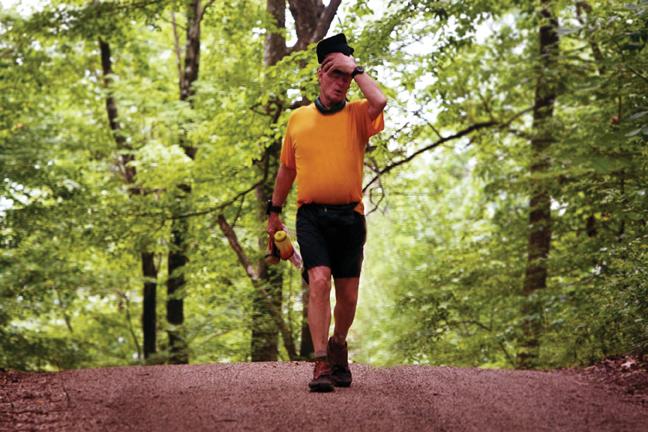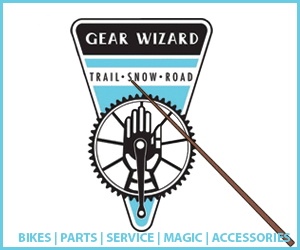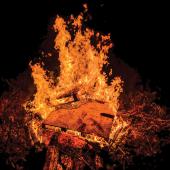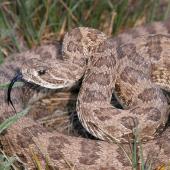Hot-Blooded
On the lookout for heat stroke.
Hot summer days in Bozeman usually mean fun and adventure, but if you’re not careful, they can mean something else: heat stroke. In reality, most people who suffer from heat-related illness don’t immediately progress to extreme symptoms like altered mental function and anhidrosis (the inability to sweat due to severe dehydration), so look for the early signs: headache, fatigue, lightheadedness, dizziness, nausea, or vomiting. A few preventative measures will help keep you outside this summer instead of searching for the nearest emergency room.
The best way to avoid heat illness is to avoid the heat altogether—but since this is Bozeman and you’ll probably be outside all day, wear protective clothing and always apply sun block. Hydration is the other key to preventing heat illness. Fishing in a drift boat all day, you should drink one to two liters more fluid than your usual daily intake. A full day of hiking, climbing, or bicycling will require even more fluid intake. Ideally, what you drink should replace the sodium lost to sweat—commercial sport drinks are a great option for full-day activities. If you prefer plain water, keep salty snacks on hand to replace sodium. Fluids should be consumed throughout the day, with frequent sips preferred to occasional gulping. Remember, regardless of how delicious they are, coffee and alcoholic beverages act as mild diuretics and can actually make dehydration worse when consumed in large volumes.
If someone in your group begins to have symptoms of heat illness, get them out of the sun and encourage sips of fluid. This is one time outside in Montana when wet clothes can be a good thing—douse the victim’s clothing in water to encourage evaporative heat loss. These measures will improve most symptoms of mild heat illness over several hours, but if the victim doesn’t improve or gets worse, get to the nearest medical facility.
Jesse Coil, D.O. is a Bozeman native and physician at the Medical Clinic of Big Sky.












